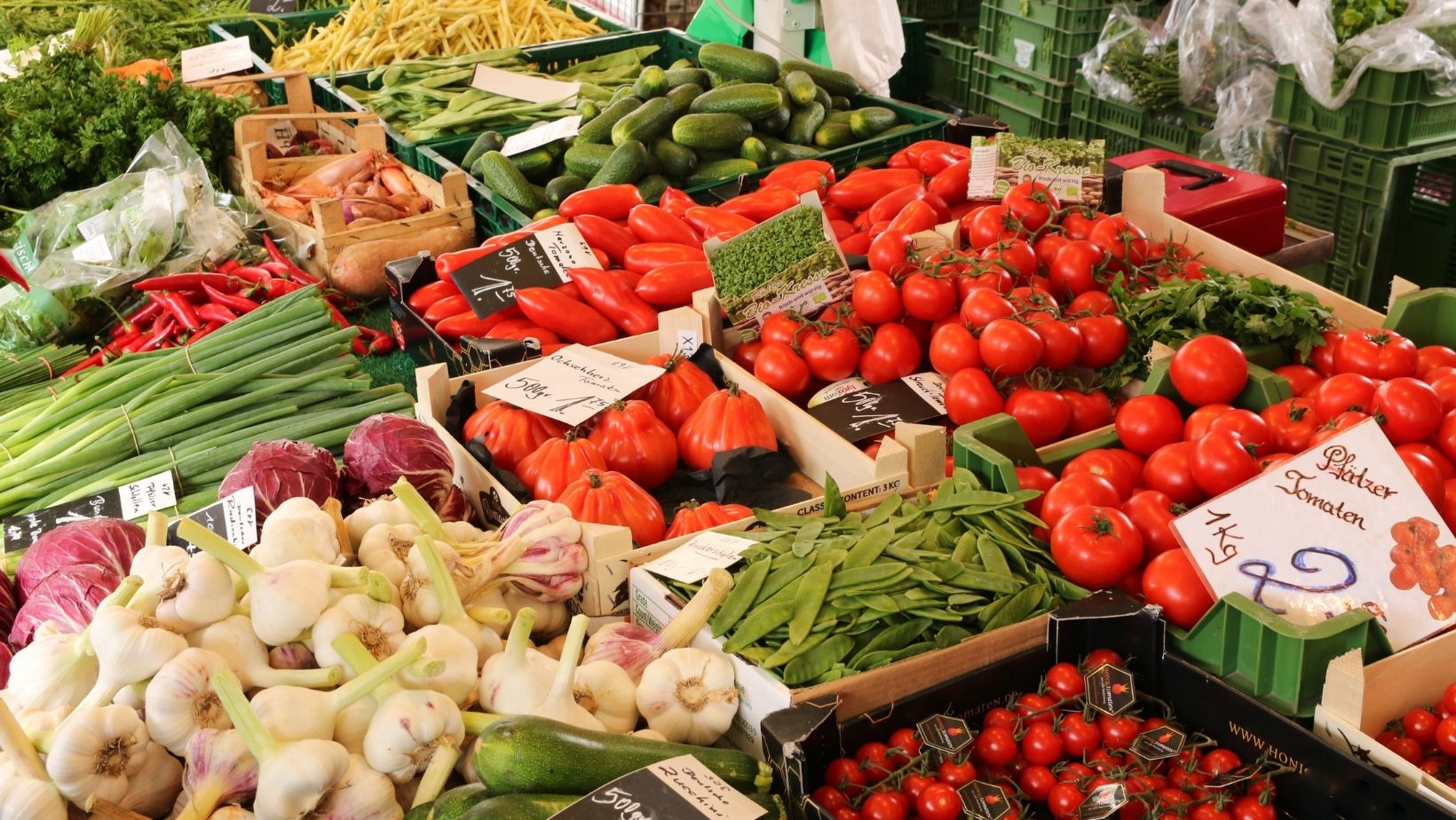Back to: Pre Vocational Studies Primary 6
Welcome to class!
Hello again, my collaborative student! I’m so glad to have you back for another informative lesson. Today, we’re continuing our discussion about “marketing channels for farm produce,” this time focusing on “co-operative societies and marketing boards.” These are special organizations that help farmers work together to sell their products more effectively. It’s like a team working together to achieve a common goal! Let’s begin!
Marketing Channels for Farm Produce; co-operative societies and marketing boards
As we’ve learned, marketing channels are the pathways that farm produce takes to reach consumers. Today, we’ll explore two important types of organizations that play a significant role in agricultural marketing: co-operative societies and marketing boards.

- Co-operative Societies:
- A co-operative society is an organization formed by a group of people (in this case, farmers) who voluntarily join together to achieve common economic, social, or cultural goals.
- How they work in agriculture: Farmers pool their resources (produce, money, etc.) and work together to market their products. They share the profits or benefits based on their contributions.
- Advantages for Farmers:
- Increased bargaining power: By working together, farmers have more power to negotiate better prices with buyers.
- Reduced marketing costs: They can share the costs of transportation, storage, and processing.
- Access to market information: They can collectively gather and share information about market prices and demand.
- Access to credit and other services: Co-operatives may provide loans, inputs (seeds, fertilizers), and other services to their members.
- Marketing Boards:

- A marketing board is an organization established by the government to regulate and promote the marketing of specific agricultural products.
- How they work: They may set prices, control supply, promote marketing and research, and provide other services to farmers and the industry.
- Objectives of Marketing Boards:
- Price stabilization: To ensure fair prices for farmers and consumers.
- Market development: To expand markets for agricultural products.
- Quality control: To maintain high standards for agricultural products.
- Export promotion: To increase exports of agricultural products.
Let’s use some examples. A group of dairy farmers might form a co-operative society to collect and market their milk collectively. A government might establish a marketing board for cocoa to regulate its price and promote its export.
So, to summarize, co-operative societies and marketing boards are important organizations that help farmers in marketing their produce. Co-operatives are formed by farmers themselves, while marketing boards are established by the government.
Evaluation
- What is a co-operative society?
- What are two advantages of co-operatives for farmers?
- What is a marketing board?
- What is one objective of a marketing board?
- What is a key difference between co-operatives and marketing boards?
Excellent! You’re doing a fantastic job! I’m so proud of your learning. Remember, co-operative societies and marketing boards play important roles in supporting farmers and ensuring efficient agricultural marketing. Keep up the amazing work!
